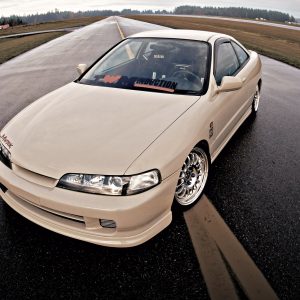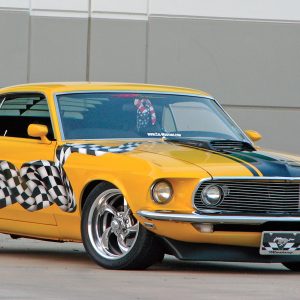Interior
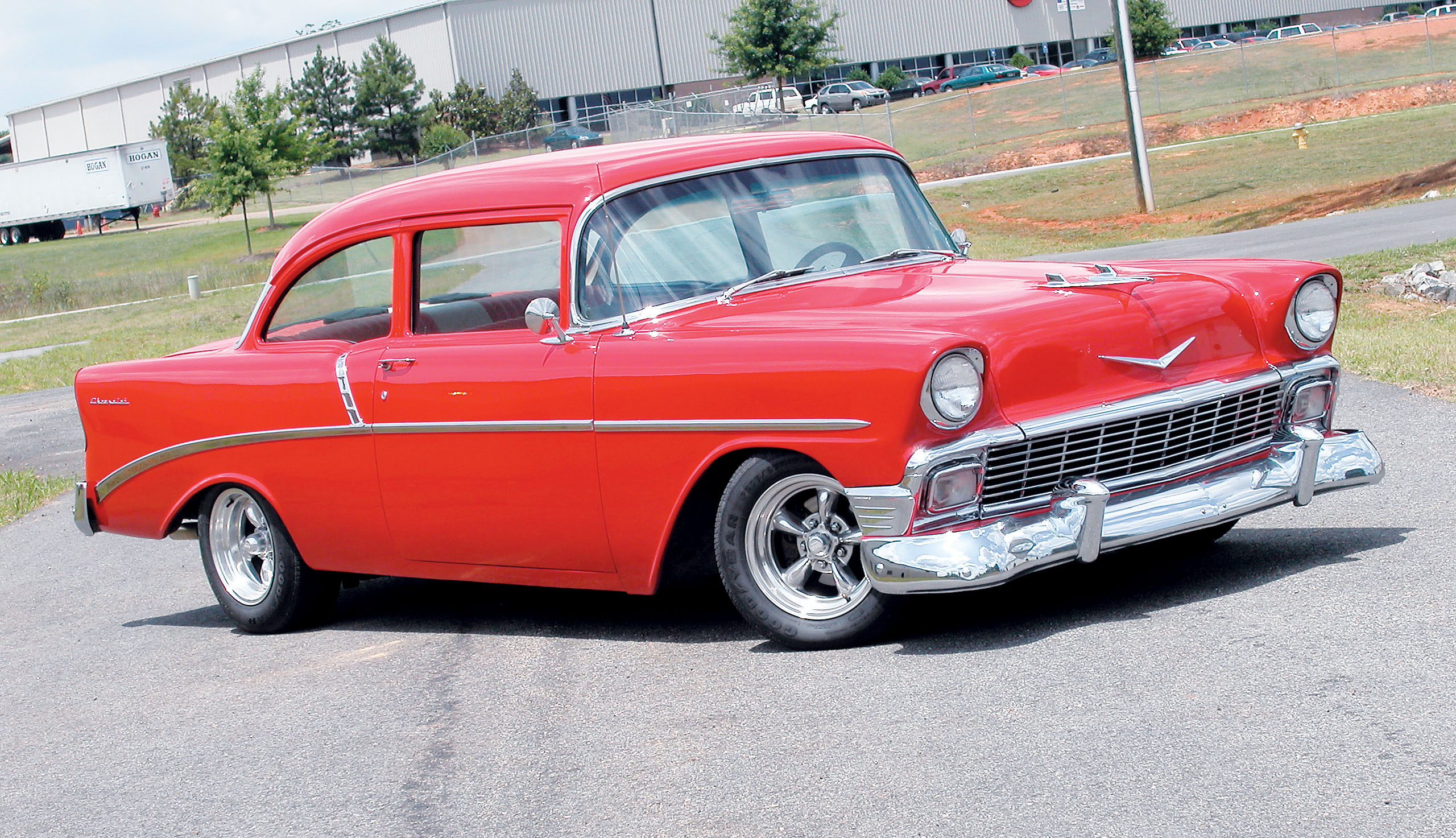
The lines of ’55-’57 Chevys are almost sacrosanct. They haven’t been modified or changed over the years with very good results. There have been a couple of exceptions, but by and large, chopped tops, restyled fenders and other modifications that alter their original lines don’t come off looking real good. The problem is in the proportions. We’re not sure if it’s because the factory got them so perfect right out of the gate, or if it’s that most have been left alone over the last 50 years, so a chopped top looks strange. Whatever the reason, the classic “greenhouse” roofline, long fenders and slab sides all work very well together.
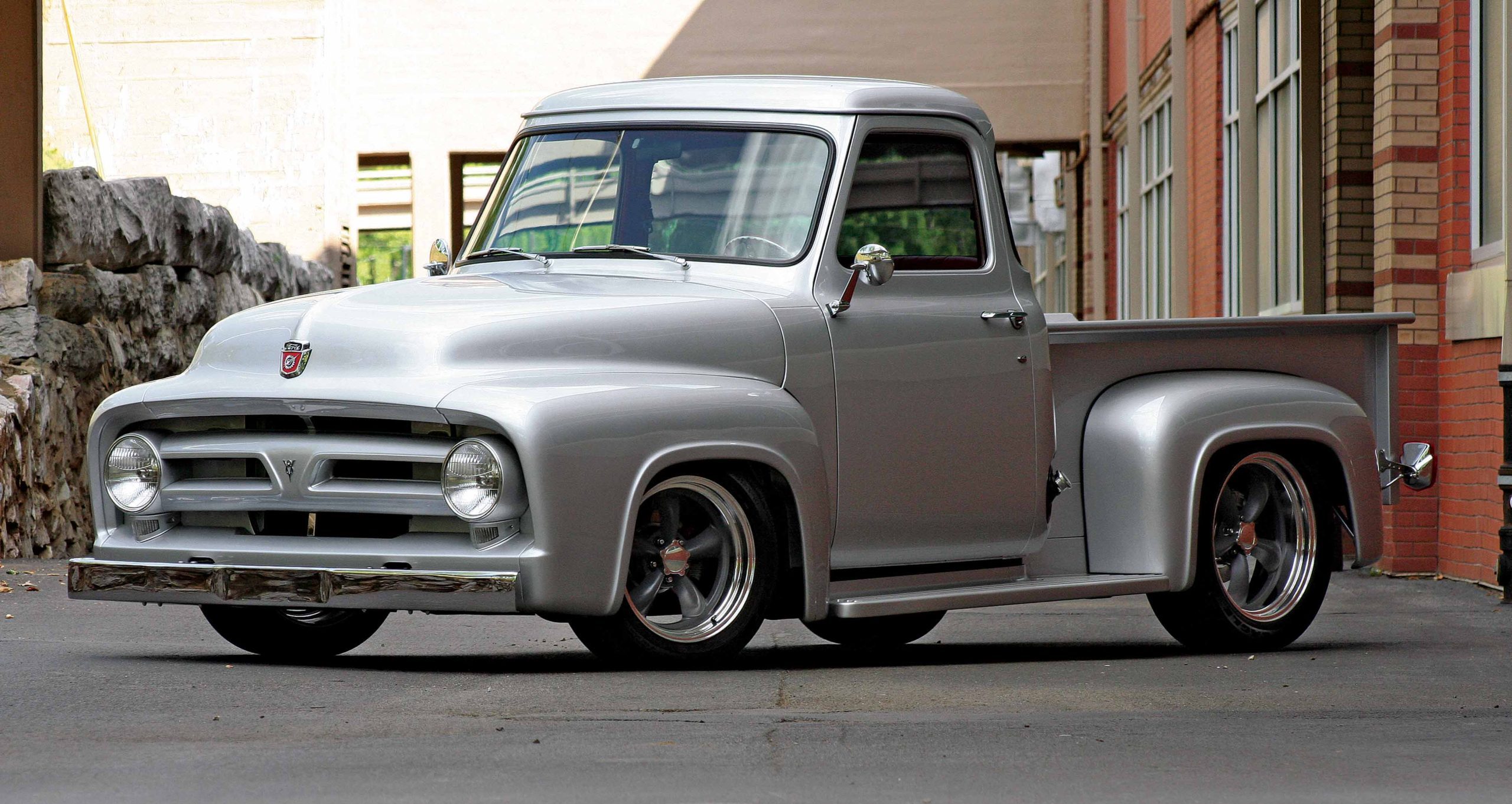
Longtime classic truck enthusiast Mark Coleman has built countless classic cars and trucks over the years, including a trio of early Mustangs, a ’56 F-100 Ford panel truck and a ’55 Ford SuperCab, which have graced these very pages. When it came time to build another truck, Coleman took a long, hard look in his own backyard and decided that his old ’53 F-100 would be the prime candidate.
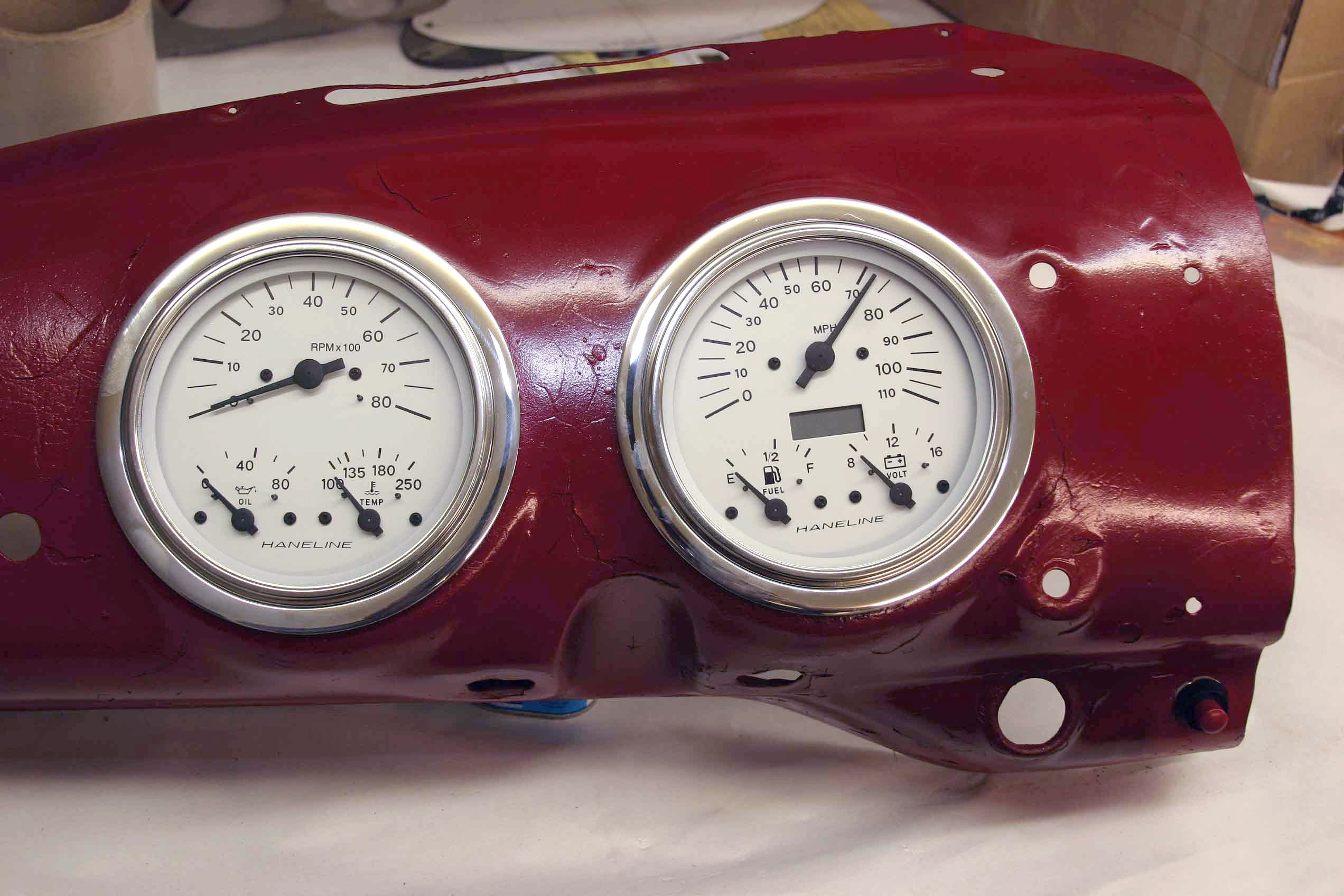
Say you drive an older pickup in which the original designers weren’t all that interested in engine management. Thanks to the addition of that high-horsepower engine, however, you are very interested in what it is up to. But you are also interested in keeping the dash area clean and don’t want to put a bunch of holes into it. You also don’t really want to have an old-style gauge panel hanging beneath the dash. What to do? For those who drive a 1947-’53 Chevrolet pickup truck, the ideal way to handle this problem is to install Haneline’s 3-in-1 gauge clusters.
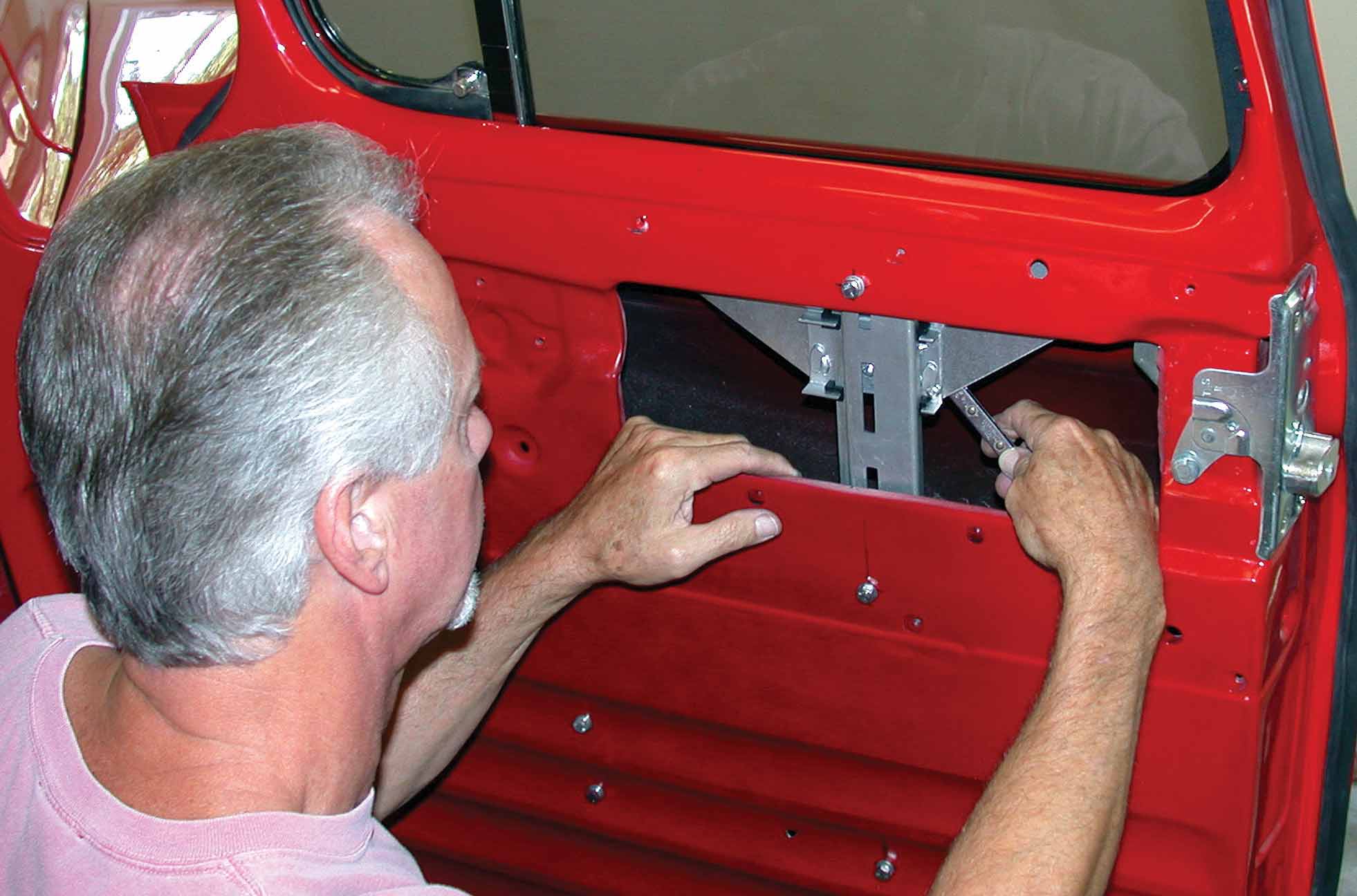
Adding power windows has long been a popular aftermarket option for restyled pickups, as much for practical reasons as for comfort convenience. Worn-out window regulators will give people fits, and replacement parts have become increasingly harder to find, not to mention the lack of availability or the cost of retro units. So, if the vehicle is to have smooth, trouble-free window operation, it’s often easier and cheaper to replace the old regulators with new electric ones.
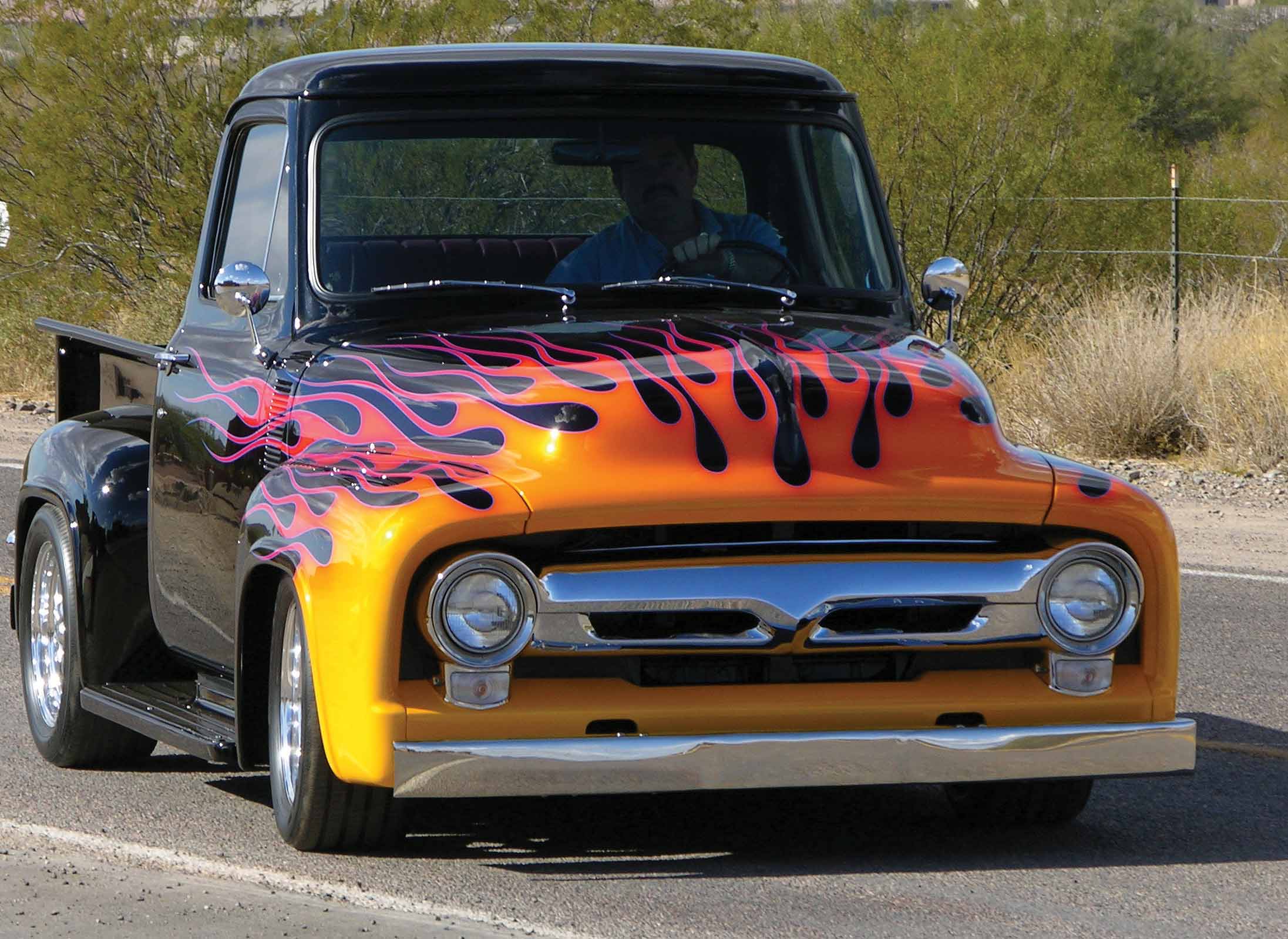
The pictured F-100 is a 1954 model, and it was purchased by Carl and Marianne Lewis from Milwaukie, Oregon, in 1992. The truck had seen better days, as it had been sitting out in the elements under an awning next to a storage shed. In primer, and with a transplanted 289 small block, the truck was partially disassembled as it sat on four flat tires. It had not been moved for some 10 years. Mel Nichols was hired for the much needed makeover, which took 3-1/2 years to complete.
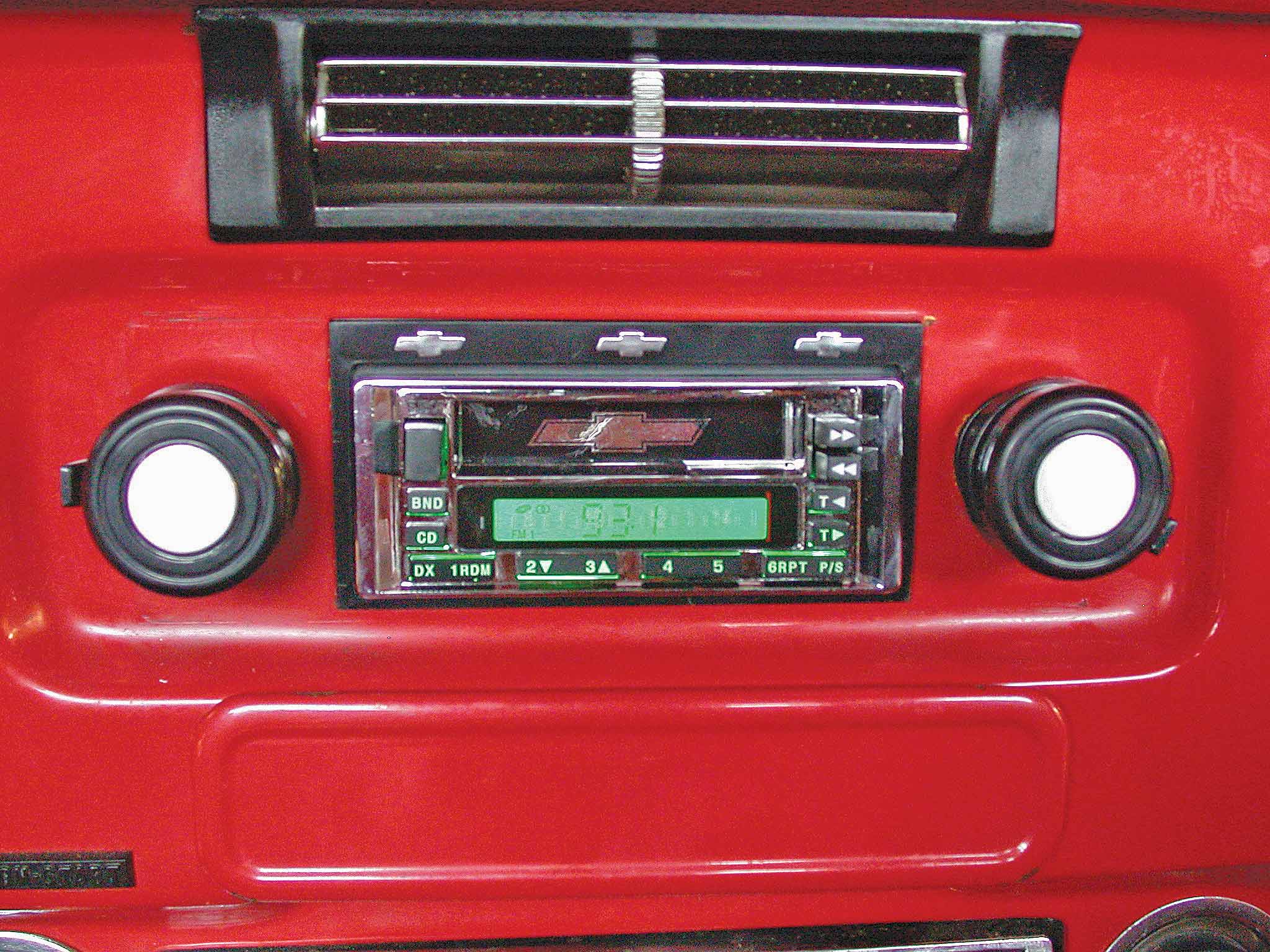
Delve into the world of classic truck customization as we guide you through the installation of a Custom Autosound USA-5 unit into a 1972 Chevy C10. Learn how to seamlessly integrate modern sound technology into your vintage ride without altering its original aesthetics.
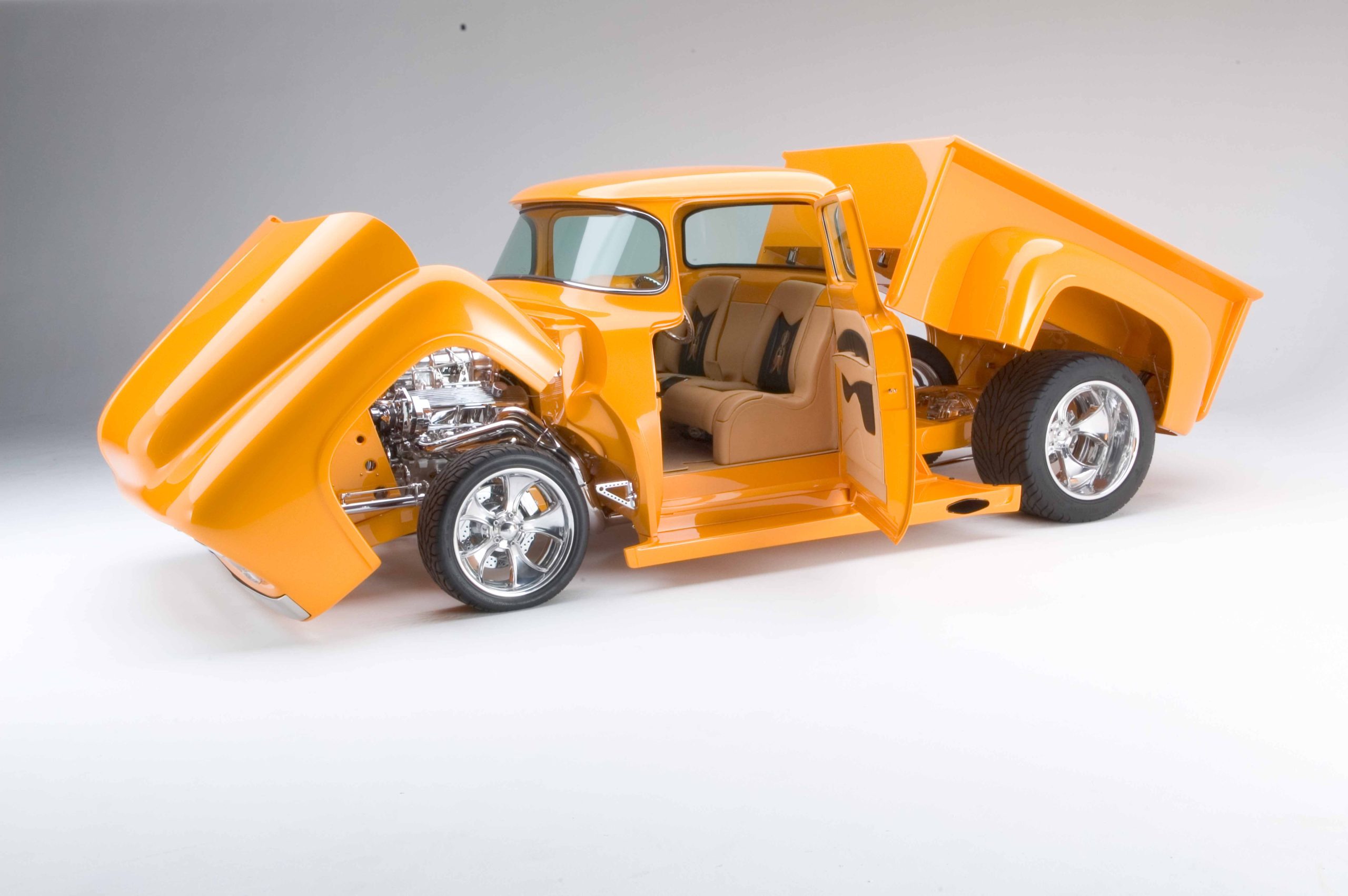
Embark on the extraordinary journey of the “F-This” F-100, a groundbreaking collaboration between Chip Foose and Super Rides by Jordan. This radical pickup, born from a 12-year project, captured attention with its rapid 12-month transformation. Uncover the intricacies of the custom-fabricated chassis, boasting elaborate plumbing systems for air suspension, fuel delivery, hydraulics, and brakes. Experience the thunderous power of the 850hp 540ci ZZ 502 GM big block and the innovative design elements, including a tilting front end and reversed suicide doors. Explore the meticulous body modifications, the eye-catching House of Kolor Spanish Gold paint, and the handcrafted interior adorned with leather and snakeskin. Immerse yourself in the accolades earned, including “Best Radical Pickup” at the ’05 Autorama, as “F-This” emerges as a triumph of automotive artistry and innovation.
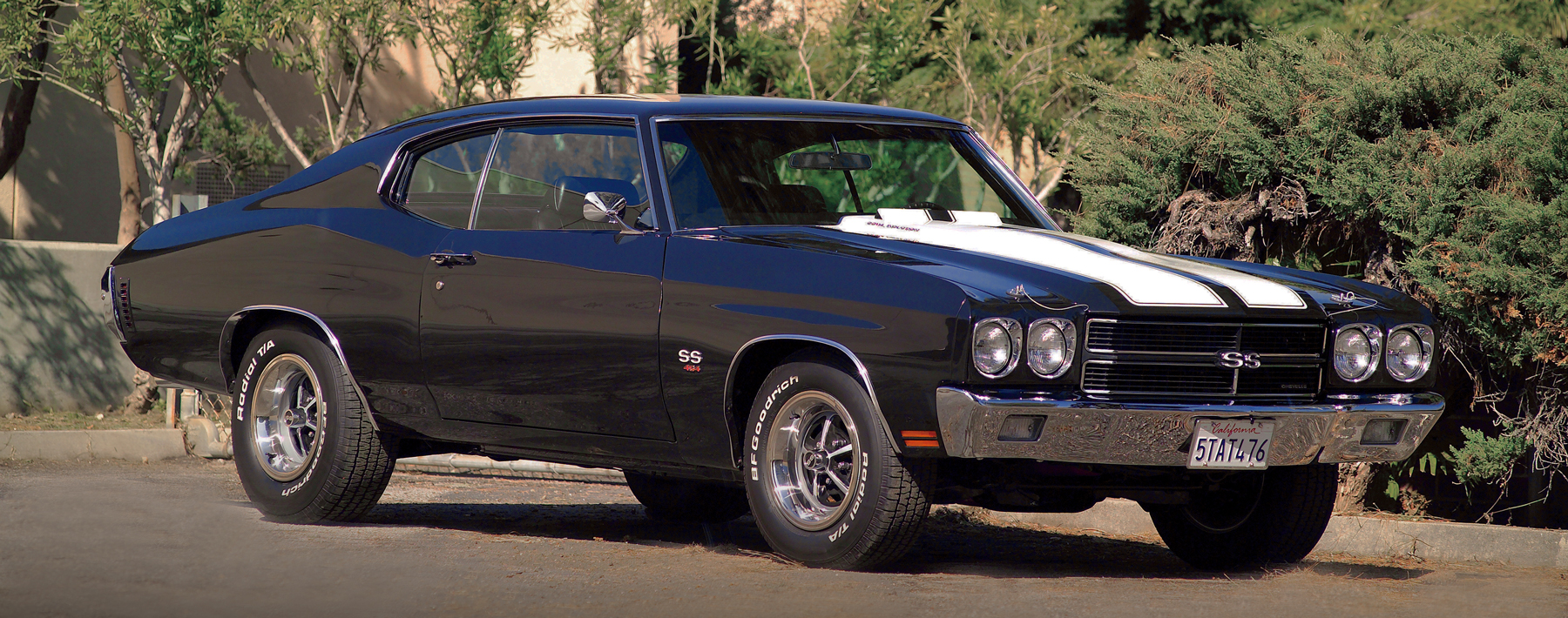
Many believe that the ’70 Chevelle is the best-looking muscle car ever built. The new bulges on the sides give the car a meaner appearance, and this was the first time that a mid-size car could be ordered with a cowl-induction hood and stripes on the hood and trunk.
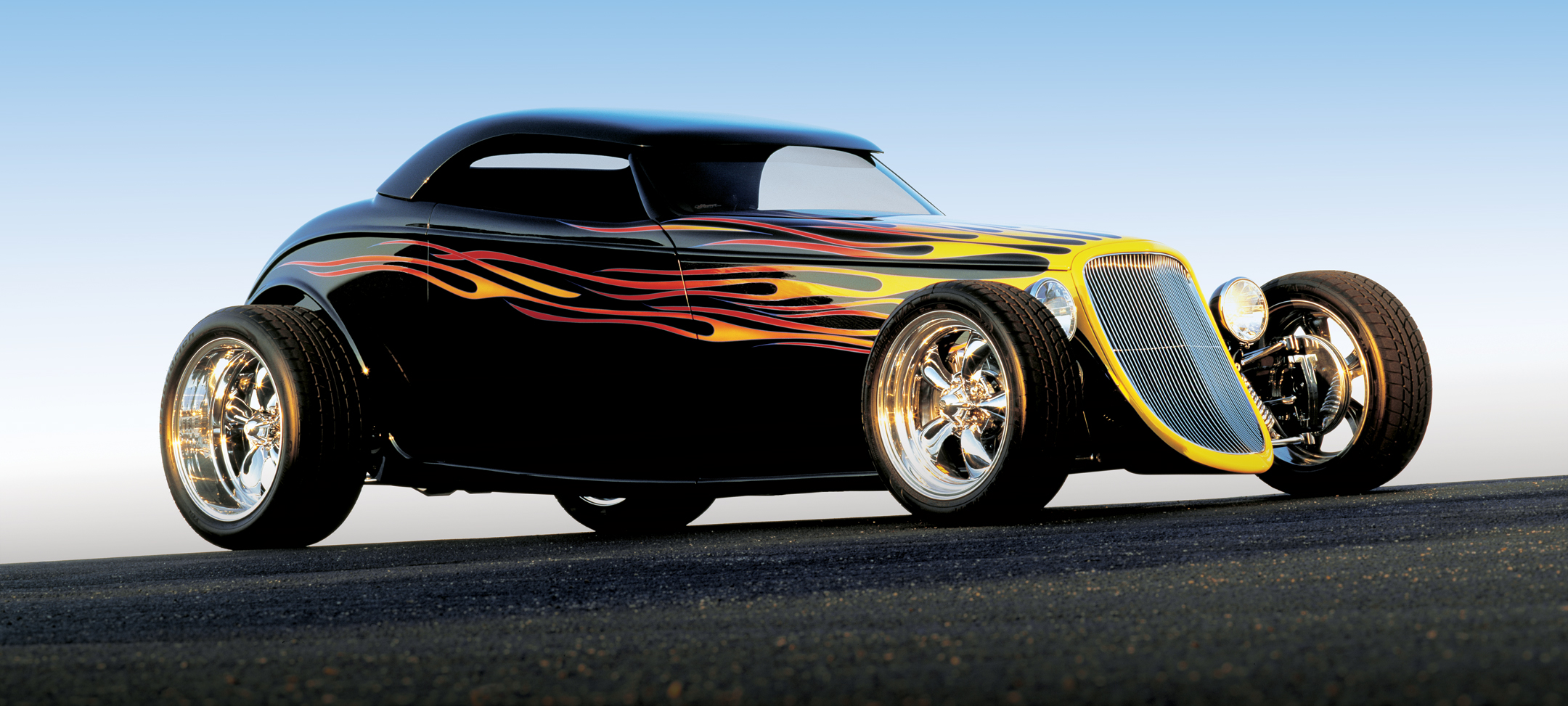
There’s a Million Ways To Build a Cool Rod, But There’s Only One Alloway. Alloway has built a lengthy succession of exciting cars, each with its own style, and all with a level of detailing that is a trademark of Alloway’s creations. This kind of finish work has earned him the coveted Ridler Award, along with every honor and title that one could garner from this hobby.
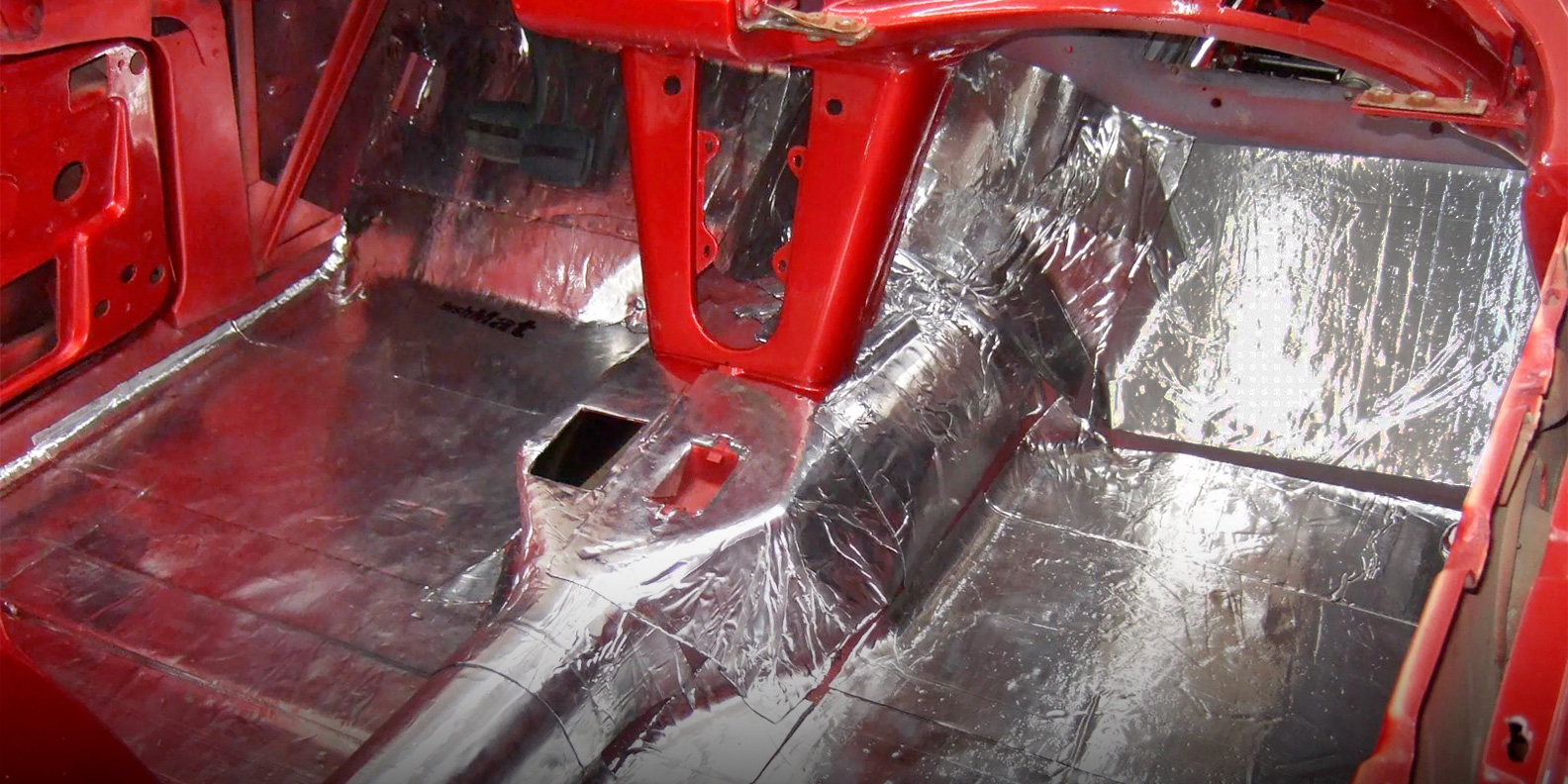
When dismantling your project car, you probably ran across the crumbling remnants of the original insulation. Old cars are notoriously “leaky” when it comes to heat and sound barriers, making them louder and hotter than the typical daily driver. Sometimes a loud exhaust system overrides the road noise, but you’ll always notice when your air conditioning system never seems to keep the cabin cool. If you’re in the midst of an interior refresh, or a full restoration, it’s a great time to consider new insulation.






